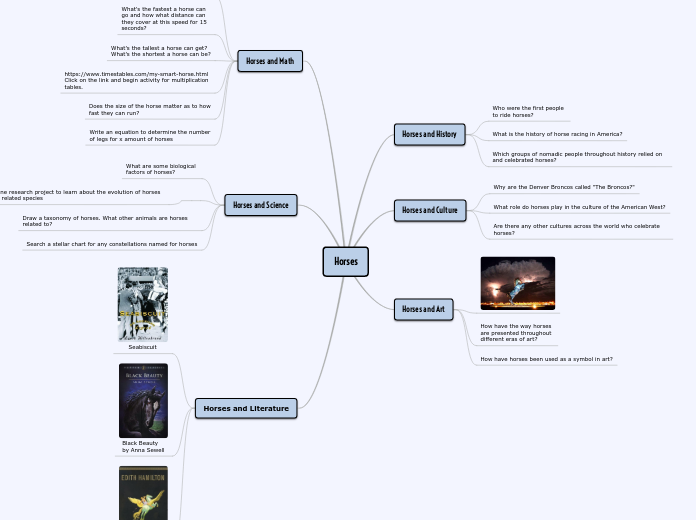The Variety of Life
Taxonomy
What are the ways to display Taxonomy?
Taxonomy is a good way to classify all living things, but there is more then just a eight word dialogue to display it. Some other ways include tree of life diagrams or concept maps.
Tree of Life
The tree of life is another useful way of displaying information. It includes four pieces of information about a species:
• Order
• Family
• Genus
• Species
Concept Maps
A concept map is a way of representing relationships between ideas, images, or words. In a concept map each individual box links back to the box before it and all the boxes link back to the title. An example of a concept map is what you are reading right now.
How Does Taxonomy Work?
There are eight level in taxonomy, where each individual level is known as a taxon. The order of where each Taxon is ordered is very specific. The list starts with the most inclusive way of classifying something (Domain), and moves down to the bottom where only one living thing is classified (Species).
The Eight Taxon's in Order
• Domain
• Kingdom
• Phylum
• Class
• Order
• Family
• Genus
• Species
There is Three Distinct Domains
• Eukaryote
• Archaea
• Bacteria
Bacteria
Bacteria is a unicellular organism, and compared to other cell types it is very small. Does not have a nucleus or organelles.
Common Forms of Bacteria:
• Cocci
• Bacilli
• Spirillum
Archaea
Cells that do not contain a nucleus or organelles.
Eukaryote
Cells that do contain a nucleus and organelles.
There are Six Different Kingdoms
• Animalia
• Planta
• Protista
• Fungi
• Archaebacteria
• Eubacteria
The Kingdom Fungi
Fungi were once classified as plants, but they have been reclassified because they do not photosynthesize. Many fungi are decomposers and some are parasitic. What makes them unique is that they can have cells with more then one nucleus. They do not reproduce by seeds, they use spores.
The Kingdom Protista
This kingdom has great variety and is sometimes called the kingdom of oddballs. All the cells are Eukaryotic, and mostly found around bodies of water.
There are three main groups:
• Plant-like Protists
• Animal-like Protists
• Fungi-like Protists
The Kingdom Planta
There is an estimated 200,000-500,000 species. Plants are multicellular photosynthesizers. They can reproduce both sexually and asexually. The goal in reproduction is to form seeds which contain all the materials needed to grow a mature plant.
What is Taxonomy?
Taxonomy is the universal system used for naming all living things. It was invented in the 1700's by Carolus Linnaeus.
More on Carolus Linnaeus
Linnaeus was born May 23, 1707 in Småland, Sweden. Linnaeus was a botanist, zoologist, taxonomist, and physician, who formalized Taxonomy.
Why was Taxonomy Created?
Taxonomy was created to make it easier for biologists and scientists to study all species. Without it it would be practically impossible to see the similarities and differences between all living things. It also provides an universally used system for classifying things. There are millions of species on Earth, imagine if we had to classify a thousand similar, yet different species by the same name.
Binomial Nomenclature
Binomial Nomenclature is universal naming system for all living things. Binomial Nomenclature was invented by Carolus Linnaeus in the 1700's. There is two parts to the system, the first part the "Genus," is indicating what group the species belongs to. The second part the "Specific Epithet," which distinguishes species from others in the same Genus.
Origin
Binomial Nomenclature shows both how species are different and similar. If two different species have a similar name, it could possibly mean that they are from the same family of species. If they are from the family there is then a chance that the species are related.









